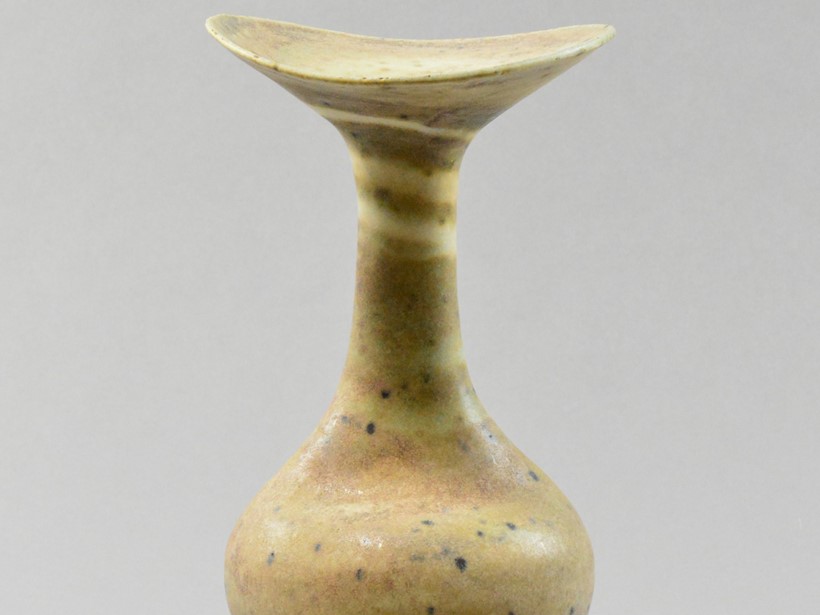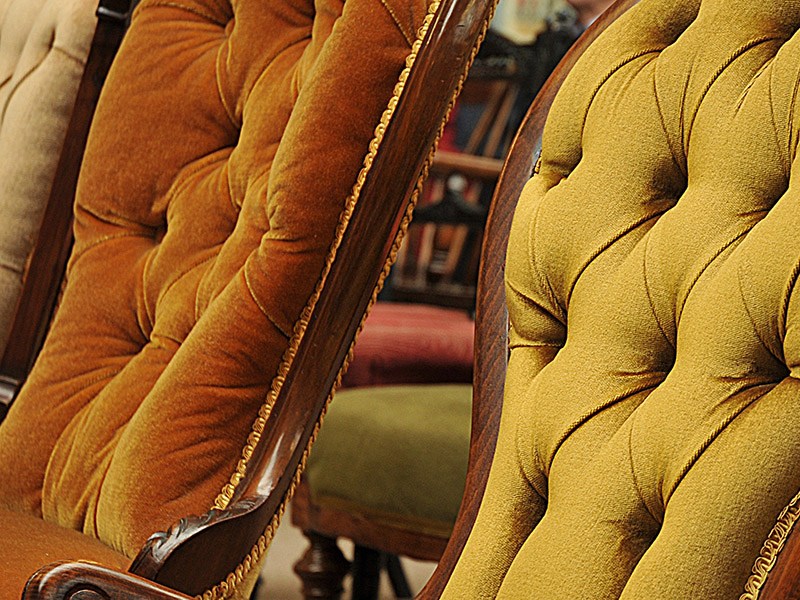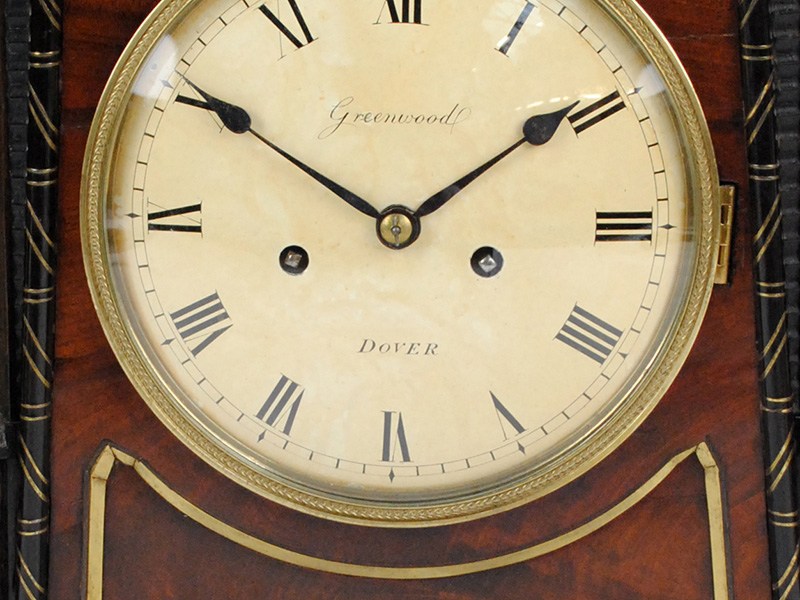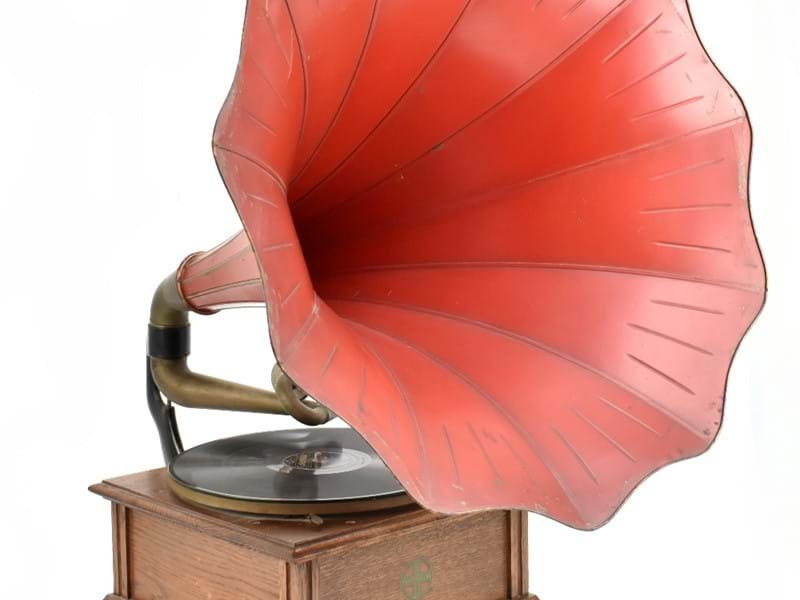The rise of Rie

The Alan and Pat Firth Collection in October 2015 was an historic auction for Adam Partridge Auctioneers & Valuers, putting them on the map as one of the nation’s top auction houses for Studio Ceramics & Modern Design. This fantastic collection of 20th and 21st century design included jewellery, fabrics and ceramics. It contained the biggest names in studio ceramics including examples by Hans Coper, Magdalene Odundo and Lucie Rie. The sixteen pieces by Lucie Rie made a combined hammer price of £123,300, with one single piece knocked down for £32,000.
Lucie Rie was born in Vienna in 1902 into a Jewish family. She enrolled in the prestigious Kunstgewerbeschule (School of Art and Design) and by the early 1930s had built up a reputation for her pottery in mainland Europe including winning gold medals at international exhibitions. She was, however, unknown as a potter in Britain when she arrived in 1938 and received little professional encouragement from the ceramic luminaries of the time including Bernard Leach, although he became a personal friend.
Although leaving Austria to escape, Rie managed to ship her potter’s wheels, electric kiln and her workshop furniture which she adapted to fit her new workshop in Albion Mews in central London. However, Rie had to battle with bureaucracy to be allowed to make ceramics in wartime Britain. She started a button making venture mainly for Bimini, a glass company. The Rie buttons were decorative glazed earthenware; originally hand-crafted but later press-moulded.
Hans Coper came to work for Rie in 1946 making buttons and was trained by Rie to make and throw pots. They made domestic tableware together during the 1950s but by the end of the 1960s both Rie and Coper were concentrating on the individual one-off pieces that are now so desirable. Her first one-person exhibition was for Berkeley Gallery in 1949, she exhibited and made souvenirs for the 1951 Festival of Britain and exhibited numerous times subsequently. Although Coper left Rie’s workshop in 1958, they continued to have a close relationship and very often exhibited together. She was repeatedly honoured by her adopted country, culminating in being made a Dame in 1991. Lucie Rie died in 1995.
Rie worked in stoneware, earthenware and porcelain. She experimented with different recipes for clay body and for glazes, including volcanic and dolomite glazes. She also tried out different heats in her electric kiln. Often her work is in the classical combination of black and white and many pieces are undecorated except for the distinctive glazes. Any patterning is mainly linear sgraffito, applied with a steel knitting needle.
Rie’s work was sold through small outlets all over Britain including Oxford Gallery, Dartington Hall, and Peter Dingley in Stratford-upon-Avon. Labels from such niche shops can often be seen on Rie and other ceramics of the mid to late 20th century. If you are looking for a Lucie Rie piece, the early ceramics are marked RIE within a rectangle. Later work has a monograph stamp of LR.
Lucie Rie’s work also proved to be a hit in our October 2018 Studio Ceramics sale, with pieces achieving up to £10,400.



